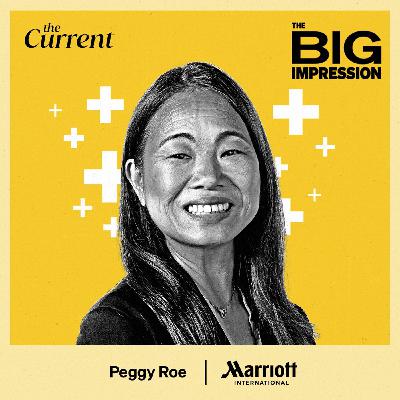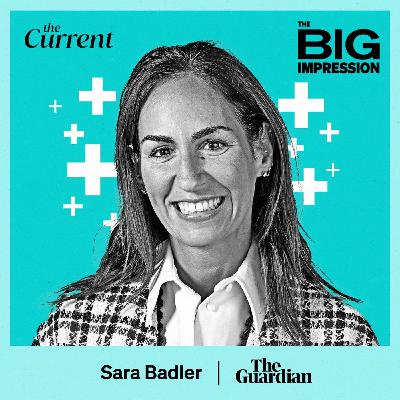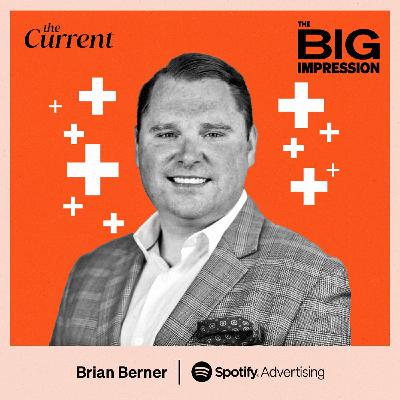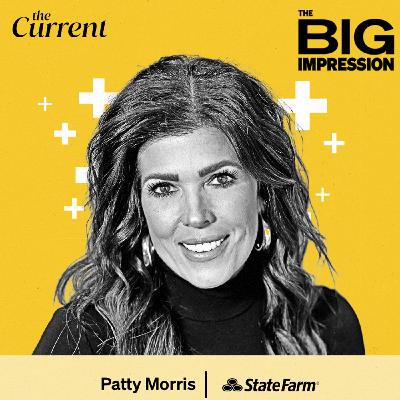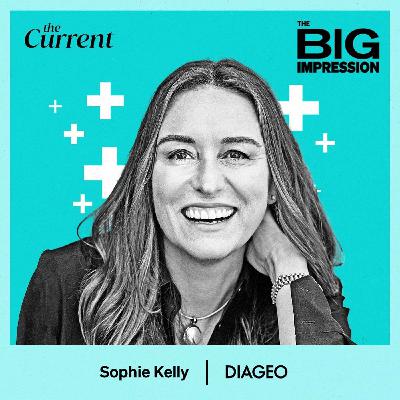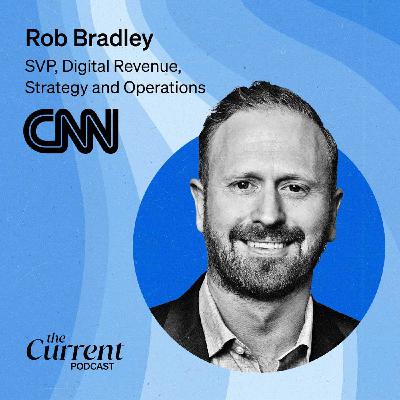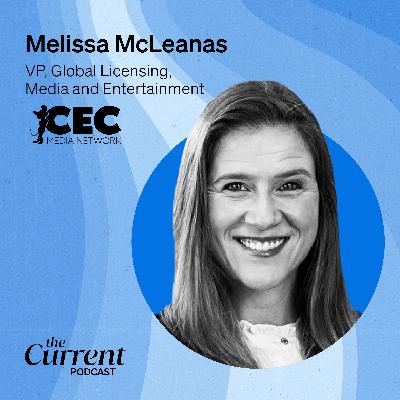Roku’s Sarah Harms on building the future of CTV advertising
Description
Connected TV is no longer just a buzzword in the ad world — it’s where the industry is being reinvented. Audiences aren’t just watching differently; they’re shopping, engaging, and co-viewing in ways that open new creative doors for brands. And sitting at the intersection of entertainment and advertising is Roku, a company that’s helping marketers meet these shifts head-on.
In this episode of The Big Impression, Roku’s VP of advertising, marketing & measurement, Sarah Harms, explains why the company is uniquely positioned as a publisher and an operating system.
Episode Transcript
Please note, this transcript may contain minor inconsistencies compared to the episode audio.
Damian Fowler (00:00 ):
I'm Damian Fowler.
Ilyse Liffreing (00:01 ):
And I'm Ilyse Liffreing.
Damian Fowler (00:02 ):
And welcome to this edition of The Big Impression.
Ilyse Liffreing (00:09 ):
Today we're talking about how streaming and connected TV are transforming not just how we watch, but how brands connect with audiences.
Damian Fowler (00:17 ):
Our guest is Sarah Harms vice president of advertising, marketing and measurement at Roku. She leads the strategy behind Roku's advertising business, helping brands tap into streaming's growing audience while building smarter measurement tools along the way.
Ilyse Liffreing (00:32 ):
Before Roku, Sarah built her expertise across both the buy and sell sides of the industry with leadership roles at Microsoft XR and wpp giving her a unique perspective on how ad tech data and storytelling all come together on Connected tv.
Damian Fowler (00:49 ):
We'll talk about how Roku's helping brands of all scientists meet new viewer behaviors, build more effective campaigns, and push the creative boundaries of what's possible on CTV.
Ilyse Liffreing (01:00 ):
So let's get into it.
Damian Fowler (01:03 ):
So Sarah Roku is in a pretty unique spot right now, right? Between entertainment and ads with this latest brand or measurement move, what got it started? Was there an insight or audience need that really stood out to you?
Sarah Harms (01:17 ):
Yeah, so in my role I run ad marketing and measurement. So much of my job is us as a marketer, so marketing roku's, advertising proposition, but also in support of our marketers. And so that makes my job very fun. And so a lot of this conversation today, I'm going to go back and forth between my job as a marketer, but also my job in B2B advertising of driving marketers results on our platform. Something that's really fun about Roku is that we're a publisher, but we're also the largest operating system in the us. We see consumers come through our front door to get to the content they know and love and care about. And so that gives us a really rich canvas for supporting some of our marketers initiatives. And so for example, the Super Bowl was very fun for us, whether it was using our platform to drive traffic to Tuby or to build really fun brand experiences on our canvases.
(02:13 ):
So we had, when Sally met Hellman's and we had Hellman's and Roku City and we had the Super Bowl ad and a really lovely zone destination to drive shopping and drive purchases of Hellman's mayonnaise, which you really wouldn't expect from a television advertising experience. And so I think that was a fun one from us in supportive marketers. And then a whole part of my job is making sure our advertisers really know about the Roku experience. And so while it's B2B, it would be silly not to address them in a B2C capacity because our marketers could also be customers, the need to understand the value of the Roku experience even if they don't have a television
Damian Fowler (02:53 ):
From ro. Once you realize your customers could be businesses, consumers, or both, how did that shift your strategy? Did it change the way you approach things?
Sarah Harms (03:01 ):
I think it's just strategic use of our resources and a strategic use of our messaging. We certainly think the Roku experience as an operating system is delightful and easy and intuitive. We talk about how your mother-in-law can set it up herself as the example we always use. And so we certainly want our advertising customers to know that too because it really is a beautiful, elegant experience for advertising as well, for watching content.
Ilyse Liffreing (03:28 ):
So you've got such a big range of advertisers from big Fortune five hundreds to D two C brands to B2B. How do you build campaigns or measurements that flex for either of them but still stay true to your own approach?
Sarah Harms (03:44 ):
Great. So I'll address that as a speaking to the advertising community part of my job, we certainly are on a journey to evolve our strategy to be more flexible and meet our customers where they want us to be, whether it being in their buying platforms of choice or providing optionality to a D two C customer by giving them a very lightweight, intuitive self-service platform like Roku Ads Manager. And so I think a lot of it from a measurement standpoint is doing some education. I think some of the questions were ground around CTV is still somewhat new, but I don't know if it's new, but it's certainly new in the eyes of performance. And so it's a lot of education about how we can enable customers to drive true outcomes using connected television. And so whether it's ad manager or unique measurement integrations, shoppable formats, we really try to address all of that
Ilyse Liffreing (04:36 ):
Now. Streaming's completely changed how people watch from binging to co-viewing and basically everything in between. How do cultural or data trends help shape what you're doing on the platform?
Sarah Harms (04:48 ):
Yeah, I mean it's been so interesting to see it change even since the pandemic. I think for a long time CTV was synonymous with SVOD or subscription video on demand. We're very much seen that is not the case anymore. A majority of our households are using some form of A VOD, we're advertising video on demand. And so that trend coupled with live sports coming into CTV and streaming, it's really just driven a whole new slew of opportunities for advertising. And so off the back of that, that's more addressable, more accountable television because it is connected television. And so that's been fun from a education standpoint, it's been fun from a how do we enable our platform to address that and also how do we educate our customers from a measurement standpoint.
Damian Fowler (05:37 ):
So what's the ad experience like on Roku? You mentioned CTV and it sounds like there's a pretty wide mix of formats. Can you break that down a little more?
Sarah Harms (05:46 ):
I'd love to because I think that's again, where my role as a B2B marketer, it's of course helpful to inform our clients about our experiences then they might not have a Roku device or television. And so we think about our business in really two core buckets. We have the Roku experiences, which is our beautiful ui, so native home screen units, they're customized, they're elegant, and we have some of our more kind of viral experiences like Roku City, which is fun and delightful. We're now doing brand integrations there. But then on the other side, we're also a very scaled publisher. So the Roku channel continues to climb Nielsen's Gauge in terms of total TV content time. And so that i




